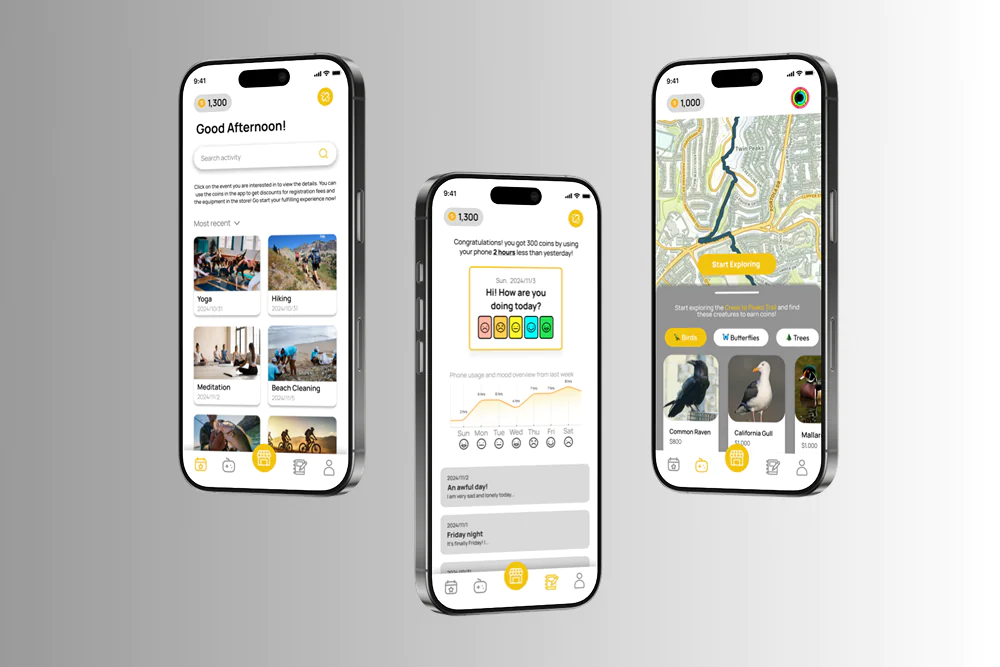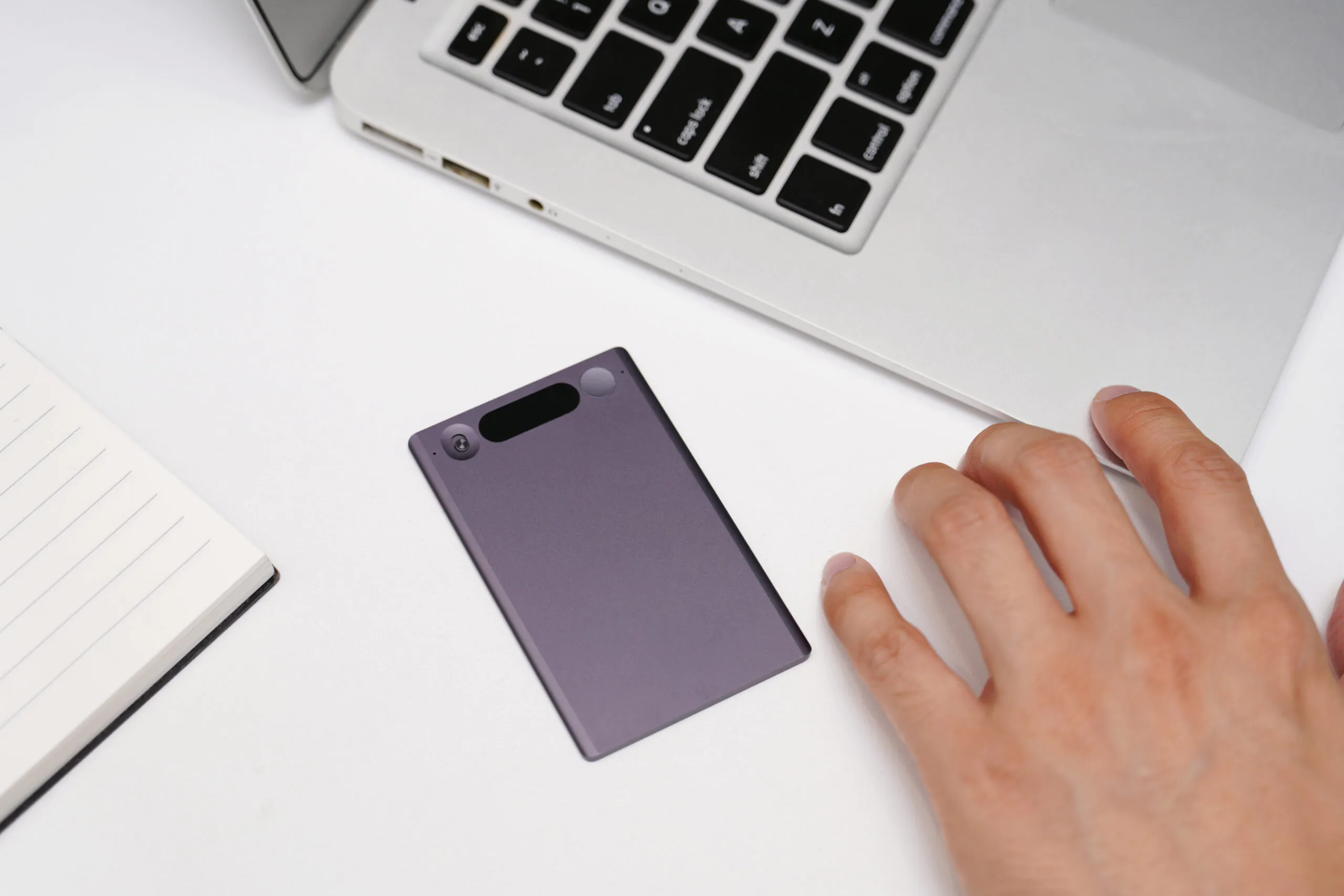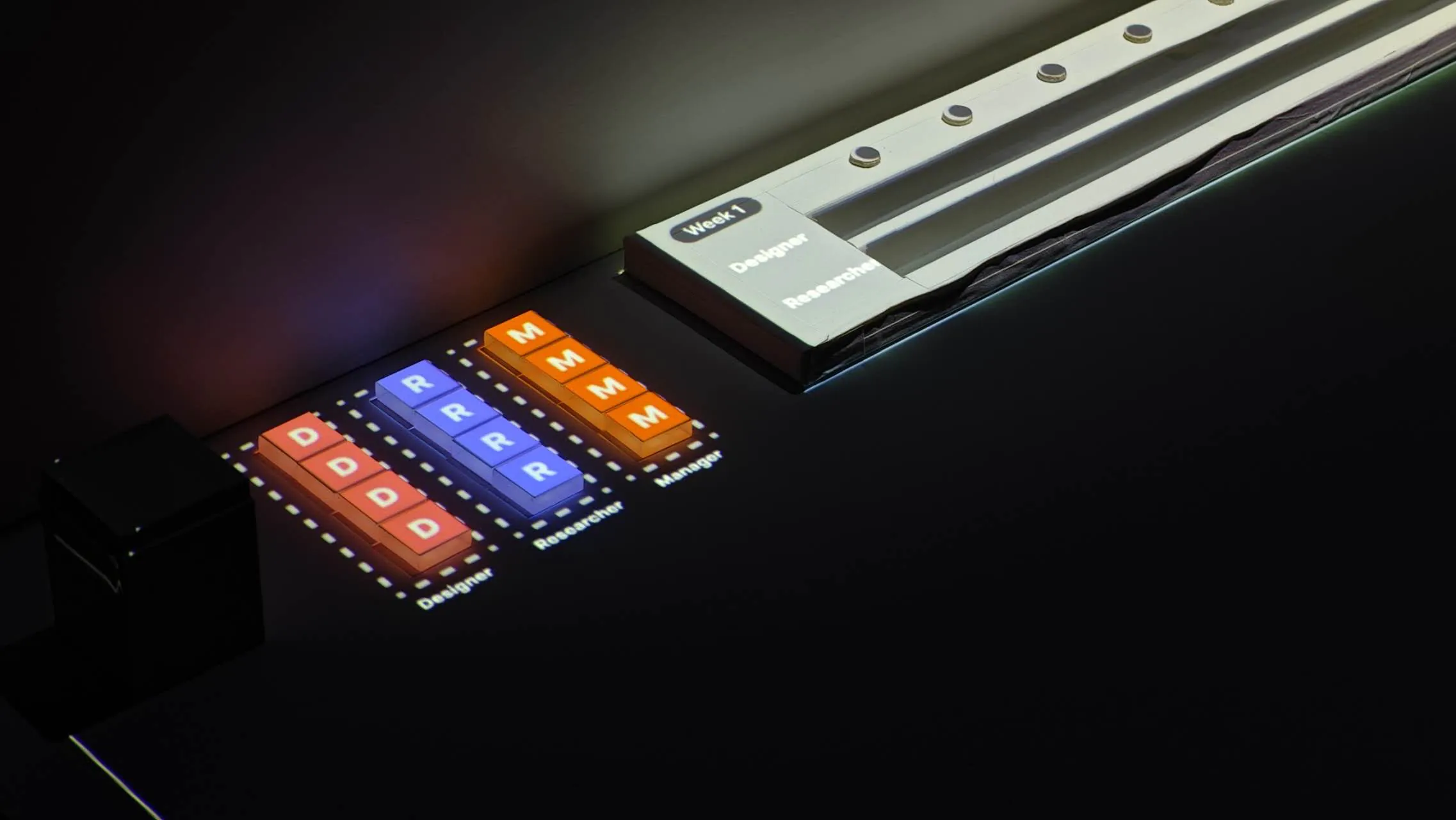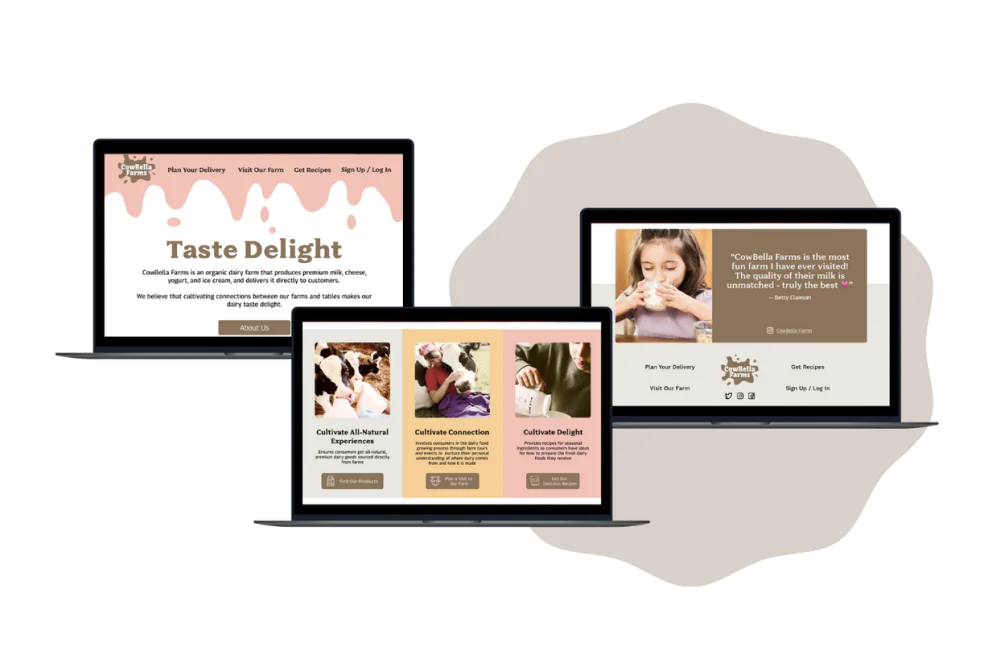Collaborative Research, Individual Execution
This project started as a team effort, with three co-founders conducting early research together. As our ideas diverged in the development and design phase, we chose to work individually while building on our shared research foundation. My version reflects my unique approach to solving the problem through UX design.
The Problem: Digital Loneliness & Its Impact on Mental Health
In today’s hyper-connected world, young adults are more plugged in than ever, yet many feel lonelier than before. Social media fosters addiction, comparison, and information overload, leading to anxiety, insomnia, and even physical health issues. The constant need to stay connected can be overwhelming, leaving users feeling dissatisfied despite endless scrolling.
TrueLink: Redefining Digital Connection
TrueLink is designed to help young adults overcome digital loneliness. By balancing technology with real-world interactions, TrueLink enables users to foster meaningful connections, reduce social media addiction, and enhance their mental well-being. This intuitive design and strategic partnerships make it easier than ever to step away from mindless scrolling and engage with life in a more fulfilling way.
Who We’re Helping: The 18-22 Age Group
This age group is in a transitional phase, balancing newfound independence with emotional and social shifts. Gen Z, in particular, faces an overload of digital information, making it harder to form meaningful connections.
Statistics
- 40% of Americans aged 18 to 22 years old (8,724,400 people) self-reported being addicted to social media.
- 61% of younger people from 18 to 22 in the U.S. (13,304,711 people) say they are chronically lonely.
- 31% of them (4,100,000 people) felt anxiety when separated from their phone. 60% (7,900,000 people) felt stressed if their phone was off or out of reach.
The Root Causes of Digital Loneliness
- Young adults spend too much time using their phones and social media, but still feel unsatisfied.
- Electronic devices cause distraction and make users unable to concentrate.
- People rely on phones to build connections with others.
- Lack of alternatives to activities or experiences on phones.
- An unconscious habit loop formed by regularly using phones.
User-Centered Research & Persona Development
We created two detailed personas to reflect different professional identities and life stages within our target audience. This approach helped us understand user needs on a broader scale while ensuring our solution remained focused and effective.


Identifying Existing Solutions
The problem of digital loneliness isn’t new, and several solutions exist. We categorized competitors into three main groups:
- Technology for Individual Use
- Technology Combined With Human Interaction
- Human Social Interaction
By analyzing these approaches, we identified opportunities to address pain points that other solutions overlook.




Prototype Development
I developed a high-fidelity prototype to test key features and user flows. Usability testing revealed insights into how users interact with the platform, helping refine features to maximize impact and ease of use.
Functions Display
Hunter’s Exploration

Mood Recorder

Offline Gathering

Additional Function: Disconnecting

Positive Validations From Potential Users
Through interviews and testing, users expressed a strong interest in TrueLink. Many shared personal stories of struggling with social media addiction and loneliness, confirming the need for an alternative. Initial feedback highlighted the value of having structured, real-world engagement options, and users appreciated the balance between technology and human connection that TrueLink offers.

Business Model and Strategic Partnerships
- D2C Model: Includes a basic subscription model for premium features and the sale of materials on the platform.
- B2B2C Partnerships: Collaborating with gyms, attractions, and community spaces to offer discounts, increasing both engagement and brand visibility.
Why Me? Why TrueLink?
My name is Lynn, the founder of TrueLink. Why am I the right person to solve the digital-caused loneliness problem?
Firstly, my own struggles with loneliness and digital overload excite my drive to find the solutions. As an IXD design student studying in CCA, I focus on using my skills to create user-centered designs that bridge technology and human well-being. In addition, I combined academic insights with user feedback to build an empathetic, evidence-based solution.
The Vision: A Healthier, More Connected Future
If TrueLink becomes successful, users will reclaim their mental well-being, reduce anxiety, and have a healthier mind. Connections between people might be much stronger and meaningful. And all the social tech will shift focus from mindless engagement to intentional connection and personal growth.
Loneliness in the digital age is a pressing issue, but we have the tools and vision to address it. TrueLink not only reduces loneliness but also encourages young adults to engage with the real world.



